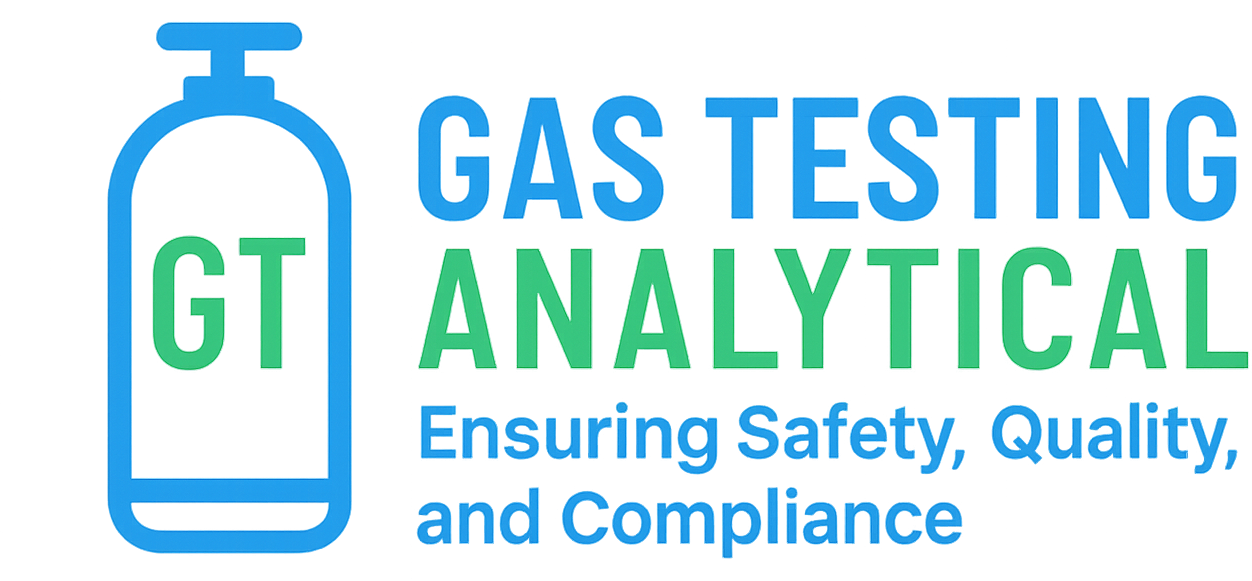Gas Analysis Techniques
At Gas Testing Analytical, we use a suite of robust, diverse, and advanced analytical techniques to ensure the identity, purity, and performance of critical process gases. From monograph-based testing to customized protocols, our methods are selected based on gas type, application, and regulatory requirements. Whether you’re validating compressed air, qualifying nitrogen supply, or monitoring oxygen levels, we apply the right tools for the job—ensuring accuracy, traceability, and full compliance with USP, EP, ISO 8573, and FDA cGMP standards.
Explore the techniques we use to support safe, reliable, and compliant gas systems.
Used for sensitive detection of nitrogen oxides (NO and NO₂) in USP and EP monographs. Common in air and CO₂ purity testing. Based on light emission from NO–O₃ reaction; suitable for low ppb-level detection.
Simple, portable method for rapid gas screening in compliance with USP and EP. Ideal for verifying CO, CO₂, NOₓ, and ammonia during routine gas supply checks or qualifications.
Measures reactive gases like oxygen or carbon monoxide in low concentrations. Often used in continuous monitoring of USP medical air and nitrogen for oxygen content.
Highly accurate moisture analysis method compliant with USP and EP water content requirements. Preferred for critical testing of dry gases like nitrogen and oxygen.
Core method for identifying and quantifying hydrocarbons and trace impurities in USP and EP gases. Supports multi-detector configurations (FID, TCD, Methanizer) for high-resolution separation.
Used for analyzing gases with infrared-absorbing functional groups (CO, CO₂, CH₄). Non-destructive and suitable for both USP and EP compliance testing.
Quantifies gas-phase components using specific absorption spectra. Especially useful in EP monographs for CO₂ and hydrocarbons in medical gases.
Required under USP <1116> and EP 5.1.6 for monitoring microbial contamination in compressed air and cleanroom gases. Includes air impaction and filtration methods to detect viable microorganisms.
Measures oxygen concentration based on its paramagnetic properties. Widely used in EP and USP monographs for verifying oxygen and air blends.
USP <788> and EP 2.9.19 compliant methods for counting non-viable particles in gases. Crucial for assessing cleanliness of compressed gases used in sterile environments.
Analyzes ozone and other UV-absorbing contaminants in air and oxygen supplies. Supports EP requirements for oxidative impurities.
Detects sulfur-containing compounds (SO₂, H₂S) in trace amounts. Applicable for EP monographs requiring sulfur impurity quantification.
Classical reference methods for gas analysis including titration and colorimetry. Used in both USP and EP for validating CO₂, moisture, and acid/base contaminants.


